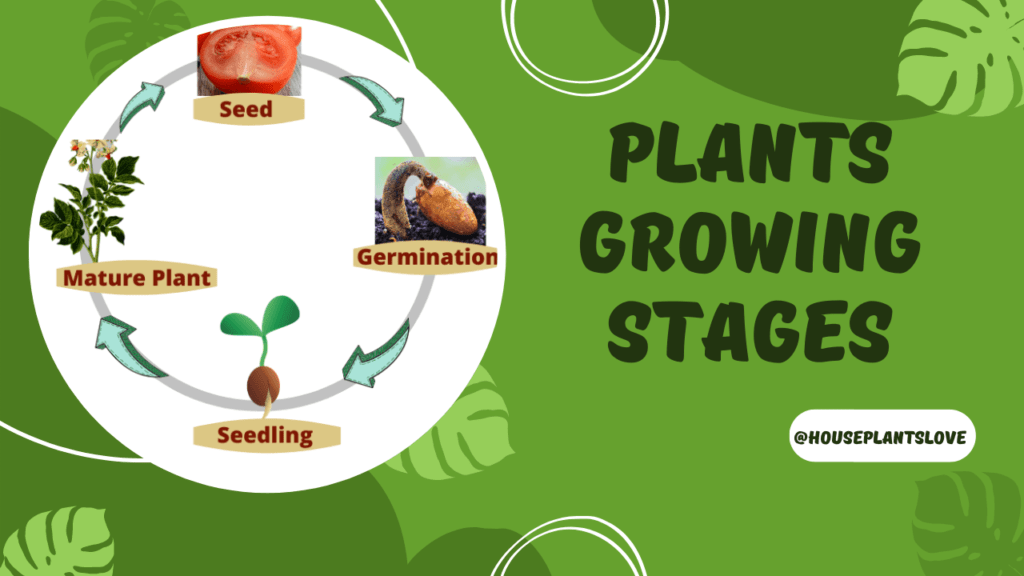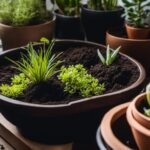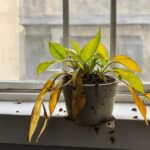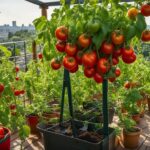Basic Information About indoor and outdoor Plants?
Plants and trees are amazing living things that make our world beautiful and healthy. They give us fresh air to breathe, tasty food to eat, and nice places to play and relax. Plants are an essential part of our ecosystem, providing oxygen, food, shelter, and numerous other benefits to both humans and the environment. Understanding the basic components and characteristics of plants and trees is crucial for appreciating their significance in our world.

Parts of a Plant:
Plants are complex organisms with several distinct parts, each serving a specific purpose in their survival and growth:
Seeds:
Seeds are the starting point of a plant’s life cycle. Think of seeds as tiny plant babies. They contain the genetic information needed for the plant to develop and grow into a mature individual. Seeds can vary in size, shape, and structure, depending on the plant species.
Roots:
Roots are the underground part of a plant. Roots are like the plant’s feet. They anchor the plant in the soil and absorb water and nutrients. Roots come in many different shapes and sizes, depending on the type of plant. Some roots are thick and fleshy, while others are thin and fibrous.
Stems:
Stems are the plant’s body. Stems provide support to the plant and transport water and nutrients between different parts. They can be above ground (like tree trunks) or below ground (like potato tubers). Stems often have nodes and internodes, where leaves, branches, and flowers can grow.
Leaves:
Leaves are like the plant’s kitchen. Plants convert sunlight into energy, just like use sunlight to make food for the plant, They come in various shapes and sizes and are adapted to different environments. Leaves also help regulate water loss through tiny openings called stomata.
Flowers:
Flowers are like the plant’s fancy clothes. They’re pretty and help the plant make new baby plants. Bees and butterflies like to visit flowers. Flowers are reproductive structures in flowering plants. Flowers come in different colors and shapes.
Fruit:
Fruits are like the plant’s lunchbox. They protect the plant’s seeds and help them spread to new places. You eat some fruits, like apples and bananas. Fruits develop from fertilized flowers and serve as protective containers for seeds. They often play a crucial role in seed dispersal by enticing animals to eat them and later deposit the seeds elsewhere.
How Do Plants Grow?
Plants grow by a process called photosynthesis. Photosynthesis is the process by which plants use sunlight, water, and carbon dioxide to produce food. The food that plants produce is used for their growth and development.
Plants also need water, nutrients, and oxygen to grow. Water is used to transport nutrients throughout the plant, and to cool the plant. Nutrients are essential for plant growth and development. Oxygen is used in the process of photosynthesis.
The amount of sunlight, water, nutrients, and oxygen that a plant receives will affect its growth rate. Plants that receive more sunlight, water, nutrients, and oxygen will grow faster than plants that receive less. It’s like how you need food and love to grow.

You can also read: Best Top 8 Easy Indoor Plants for Low-Light Spaces for Your Home
Plants grow through a series of stages:
- Seed Germination: The process begins with the seed absorbing water, causing it to swell and the embryo to become active.
- Seedling: The young plant, called a seedling, emerges from the seed and starts to grow leaves and roots.
- Maturity: As the plant matures, it continues to produce leaves and stems while developing flowers and fruits for reproduction.
- Reproduction: Through pollination and fertilization, plants produce seeds, which can grow into new plants, completing the life cycle.
Types of Plants
Plants can be different from each other in many ways:
Indoor Plants
These plants like living inside houses. People love them because they look nice and clean. They are often chosen for their aesthetic appeal and the air-purifying qualities of plants. They are a popular choice for people who live in apartments or homes without a lot of outdoor space. Indoor plants can add beauty and life to any room, and they can also help to improve the air quality.
Outdoor Plants
Outdoor plants encompass a wide variety of species, including trees, shrubs, and flowers. These plants grow outside in gardens, parks, and forests. Outdoor plants are a popular choice for people who have gardens or yards. Outdoor plants can provide shade, food, and beauty. They can also help to reduce noise pollution and improve air quality. They make our world colorful and fun.
Aquatic Plants
Aquatic plants grow in water, like in ponds, lakes, rivers, and oceans. They play a vital role in maintaining water quality and providing habitat for aquatic life. They are homes for fish and other water creatures.
Ayurvedic Plants
Ayurvedic plants are plants that are used in traditional Ayurvedic medicine. Ayurvedic medicine is a system of medicine that originated in India. Ayurvedic plants are used to treat a variety of conditions, including fever, cough, and cold. Examples include neem, aloe vera, and turmeric.
Vegetable Plants
Vegetable plants are cultivated for their edible parts, including roots, stems, leaves, and fruits. Common examples include tomatoes, carrots, and lettuce. Vegetable plants are an important part of our diet, and they provide us with many nutrients.
Flowering Plants
Flowering plants make our world beautiful and provide food for insects and birds. Flowering plants are the most diverse group of plants, and they come in many different shapes and sizes.
Pollination Plants
Some plants need help from animals or the wind to make new seeds. Pollination plants are plants that need help to reproduce. This help is usually provided by insects. Bees and butterflies are great helpers! Pollination plants produce pollen, which is a fine powder that contains the male reproductive cells. The pollen needs to be transferred to the female reproductive cells in order for the plant to reproduce.
Plant Defense
Plants have many different ways to defend themselves from predators and diseases. Some plants have thorns or spines to discourage animals from eating them. Other plants produce poisonous chemicals that can harm animals. Still, other plants have special cells that can burst and release chemicals that attract predators to the plant’s enemies.
Carnivorous Plants
Carnivorous plants are plants that eat insects or other small animals. Carnivorous plants have special traps that they use to catch their prey. Some carnivorous plants have sticky traps, while others have traps that snap shut. Carnivorous plants get the nutrients they need from the animals they eat.
Conclusion:
Learning about plants and trees helps us understand how amazing they are. They make our world a better place, so let’s take care of them and enjoy the beauty of nature!




